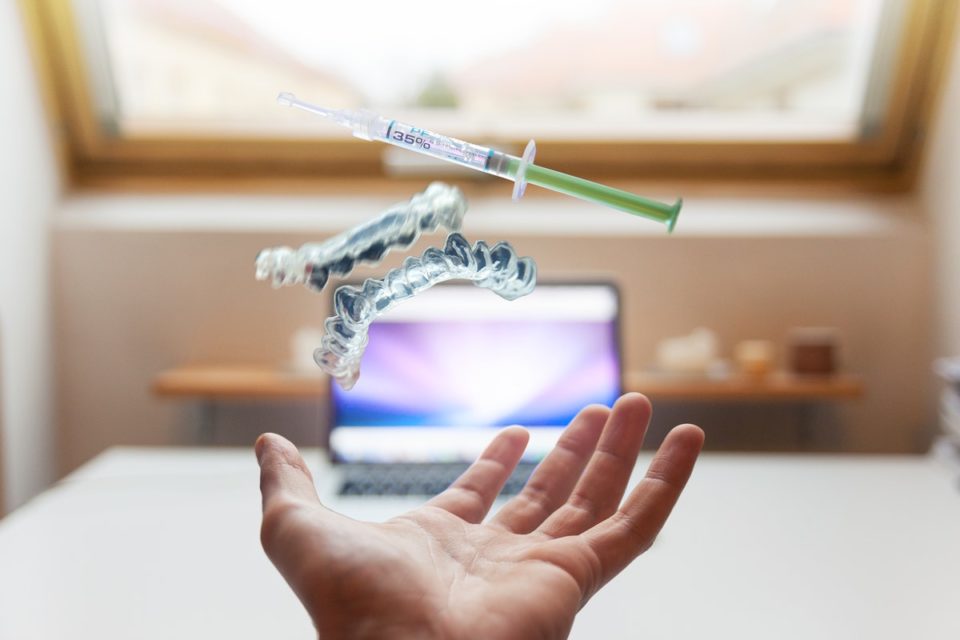In the 21st Century, life is better than it was for previous generations. Our lives are more secure, comfortable, and convenient in comparison to the hardships of our ancestors. We cannot even imagine living in those times. Today we have better lifestyles, better amenities, and overall standard of living has risen massively. There are more opportunities, more comfort, and more abundance of resources than there were before. It is debatable that every upcoming generation improves over the previous; but importantly, it has developed exponentially with giant leaps that we previously did not conceive.
There are many reasons for such transformations like improved education, lesser wars, the invention of the internet, etc., but one of the biggest drivers in such growth is technology. The arrival of technology shifted the gears of growth and ease for humankind. It opened the doors of possibilities for many avenues, and it also gave wings to other sectors to fly like the automobile, agriculture, finance, etc. Similarly, the fundamental right and necessity of humans, i.e., healthcare, also transformed immensely with the conjunction of technology. It has enabled the healthcare sector to provide a better cure, prevention, and overall uplift to the life expectancy of humans on earth.
Today, healthcare and technology sectors are two separate fields but a combined solution to practical problems of health, globally. These days, medical professionals are encouraged and expected to understand, learn, and apply the technological aspect to better service provision. There are many fields like masters of Science in health informatics that have emerged to provide comprehensive training to professionals to equip themselves with technological advancements.
Let’s explore how the inclusion of technology has enabled medical and healthcare altogether:
Table of Contents
Improved Medical Equipment and Instruments:
Technology and its extensive research have provided doctors advanced and updated instruments to treat patients. Conventionally, the medical equipment performed limited tasks; which increased the toll of manual work or rigorous procedures to be completed by doctors. Today, there are numerous machinery and advanced tools available for doctors’ perusal like heart rate monitors, blood pressure machines, etc. Due to such means, doctors are kept aware of any problem in advance.
Better Healthcare Provision:
Modern Healthcare practices, aided with enhanced technology, provide better healthcare services than previous generations. With better research on diseases, improved chemical compounds of drugs, timely diagnosis through advanced medical tests, etc., patients are treated well and can revive at a faster pace.
Additionally, all advanced research and practices in healthcare also help identify future viruses or deadly diseases. Likewise, the medical fraternity was able to curtail Ebola quickly as they were alerted in advance and worked for its eradication before its outbreak.
Improved Testing and Diagnosis:
Due to the emergence of technology, there are many medical tests available that provide better insights and information than before. We are now able to run tests with advanced imaging and monitoring functionalities like Sonography X-Ray, Electrocardiography, etc. Doctors can get better images of complicated structures and physical conditions of the body of the patient. Thus, better in-depth imaging data enable them to provide better and timely treatment.
Access to Better Healthcare Education:
Medical doctors should be updated with the latest developments in the healthcare field all the time. Due to the wonders of digitalization of data, healthcare sector information and updates are also readily available and accessible on their smartphones and tablets. In this way, doctors are provided ease and comfort to consume recent studies, medical trials, research papers, etc. at their convenience.
Enhanced Mobility:
With the help of mobility and instant connectivity, doctors can get a consultation or consult colleagues over video conferencing, text, or emails. Similarly, such technologies enable doctors to provide healthcare services to the people in the far-flung and rural areas without getting into the hassle of being present there through telemedicine, mobile clinics, etc.
Effective Patients Database:
Digital recording has added a lot of ease in the job routine of healthcare workers. Gone are the days when doctors were required to manually fill in patients’ data in the rows and columns in the sheets attached to folders. Electronic databases have eased up the process as we can enter records quickly, and consolidate them with the already stored medical history. Any doctor can easily understand and grasp the details about the patients by accessing the patient’s medical records. And add further developments in the same database. All of this adds uniformity, clarity, and consistency of the medical records irrespective of the doctor or hospital.
Conclusion:
As we have seen, the amalgamation of technology and healthcare has provided massive growth and progress. However, we believe that such growth will expand further with the more extensive usage of 3D Printing, Artificial Intelligence, Data Sciences, and Block-chain technology in the healthcare sector. Therefore, doctors and healthcare workers need to keep enhancing their technical expertise as well as technological understanding to grow along the way.
Also Read:
Studying the Benefits of a Calorie Deficit

